In Berlin, modern buildings bear traces of its tragic past
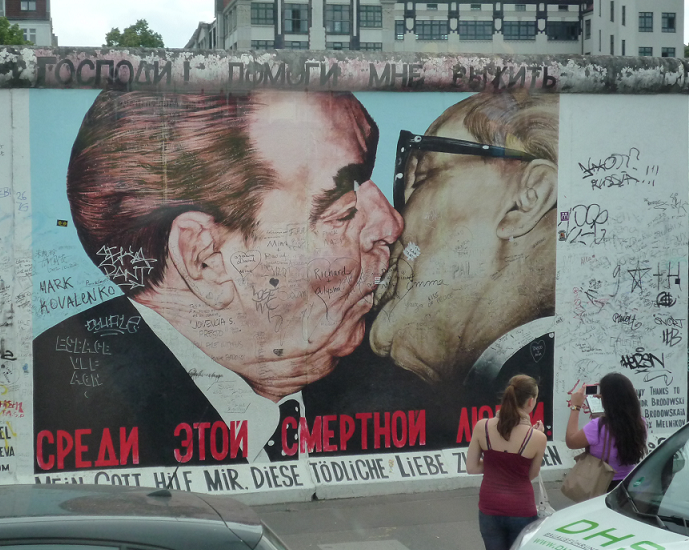
Famous art portrait along the East Side Gallery of the Berlin Wall, depicting the kissing communist leaders Leonid Brezhnev of the Soviet Union and Erich Honecker of East Germany. The painting was inspired by the kiss they had in 1979 during the celebration of the 30 years of the German Democratic Republic (East Germany). Photos courtesy of Wendell Gaa
If there is a single word which describes Berlin, it is epic.
When one travels through this capital city of Germany, its historic background of tragedy and triumph just engulfs you. This is a city which has been through a lot: two catastrophic world wars, a tense Cold War, and for better or for worse, has been host to some of history’s most notable figures, from Otto Von Bismark, Adolf Hitler, John F. Kennedy, Ronald Reagan and even Dr. Jose Rizal.
As my family has relations in Germany, we just knew that a visit to Berlin was an absolute must, and we were glad that a stopover in the city was included in our recent Scandinavian cruise itinerary.
Our ship had moored at the northern German coastal town of Warnemünde which is located right near Denmark. We disembarked at the docks where our tour group was met by our lovely and cheerful guide Claudia, who led us to the chartered train that would take us on our three-hour journey south to Berlin. We happily shared our compartment with some friendly fellow cruise travelers from Canada.
True to the German reputation for industry and efficiency, our train departed and arrived at our destination almost according to schedule, but not before enjoying the green countryside scenery along the way, which included numerous farmlands and lake resorts that were bustling with summer season activity.
Our train would finally stop right at the heart of Berlin, which I already noticed from inside the train was one huge metropolis on scale with New York in terms of urbane cosmopolitanism. Claudia led us to walk outside through the Berlin Hauptbahnhof, an impressive central railway terminal, which according to her is the biggest train station in Europe. We then boarded our air-conditioned coach bus which would be touring us throughout Berlin.
We began our city adventure by traveling directly to what is arguably Berlin’s most famous landmark, the iconic Brandenburg Gate. This gate, which is a stately neoclassical triumphal arch, symbolizes the turbulent and epic history of Germany. It was constructed in the late 18th century under the watch of King Frederick William II of Prussia, who intended the gate to embody civilized peace. Ironic that it would bear witness to unspeakable tragedies of armed conflict in later decades, particularly in the 20th century when it suffered heavy shelling during the Second World War by Allied forces, and during the Cold War when it was sealed off from West Berliners. As we walked underneath the shadows of this gate, we could not help being overwhelmed by the history of this arch and everything it stood for. It is pleasing to know of course that in more recent years, especially after the fall of the Berlin Wall in 1989, the Brandenburg Gate has now come to symbolize the reunification of Germany and the relative post-Cold War prosperity which its people have enjoyed since the political union between West and East in 1990.
Our bus then drove us through Berlin’s famed Unter den Linden, an attractive boulevard surrounded on both sides by linden trees. The Unter den Linden in past centuries led straight to the city palace of the Prussian kings. We were brought to the Reichstag building, home of the German parliament.
Yet another celebrated landmark in Germany, the Reichstag was built in 1894, and served as the base of the parliament until 1933, when it became the site of a notorious fire. That year Hitler became German Chancellor, and he used this incident as an excuse to purge his political rivals, leading to the horrific Night of the Long Knives, which in effect solidified Hitler’s dictatorial grasp in power. After the Second World War in 1945, the Reichstag lay in neglect until Germany reunited in 1990, when it underwent reconstruction and was once again made fully active as the base of parliament. As we gazed at the Reichstag, we could see hints of the past, but the contemporary character of the building was also visible through the central rooftop glass dome, which was only completed in 1999.
We were then taken on a stroll through Berlin’s Holocaust Memorial, which is a group of huge stones resembling funeral coffins arrayed in a labyrinth-like layout that from a distance, appears to be a cemetery. The style of the memorial suitably commemorates the indescribable tragedy that befell the 6 million Jewish victims of the Nazi regime who were systematically murdered during the Holocaust of the early 1940s. I can only hope and pray that the lessons learned from the past remain with the present and future.
Finally we got to visit Checkpoint Charlie, the U.S. military checkpoint that marked the borders between West and East Berlin during the Cold War, and then to a section of the Berlin Wall which is still standing as erect as it did back when the Wall was first constructed in 1961 by East German Communists. With so much politically-themed graffiti on the Wall, I could just sense the intense hatred felt for it by people on both sides of a divided Berlin. I can now understand how President John F. Kennedy felt when 50 years ago he morally buttressed West Berliners who endured a lot of distress because of the Wall through his historic “Ich Bin Ein Berliner” speech.
We ended our day’s exploration of Berlin after a long yet relaxing train ride back to Warnemünde where we returned to our ship. We fondly bade Claudia farewell and were warmly welcomed back on the cruise by some of the ship’s Filipino crewmen.



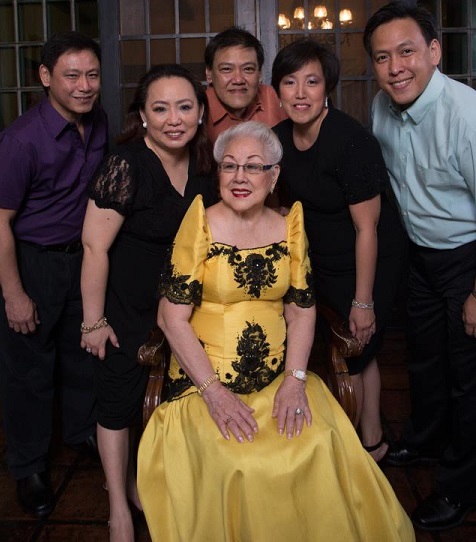
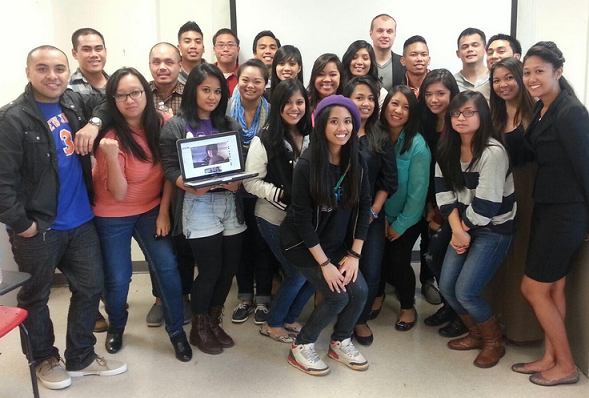
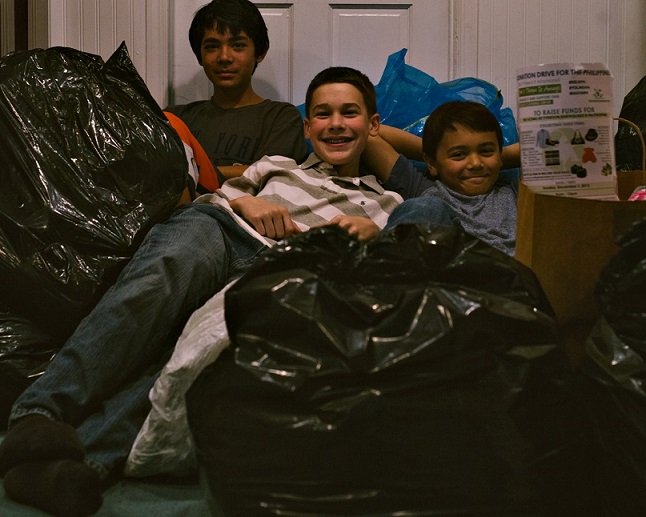
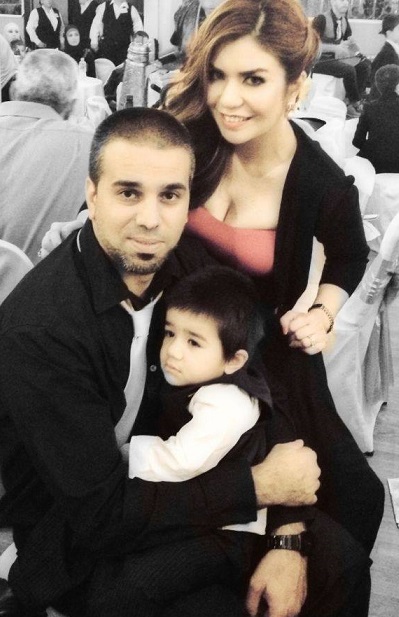
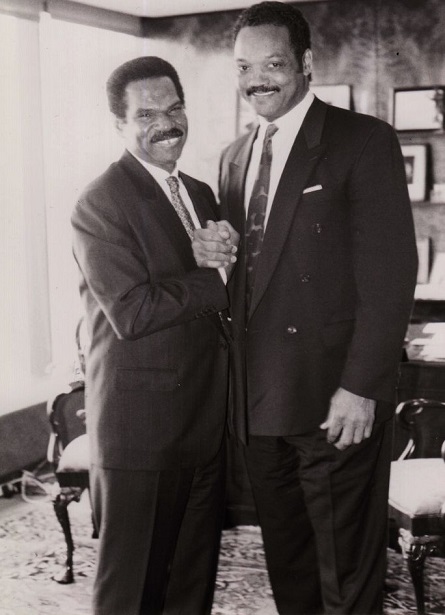
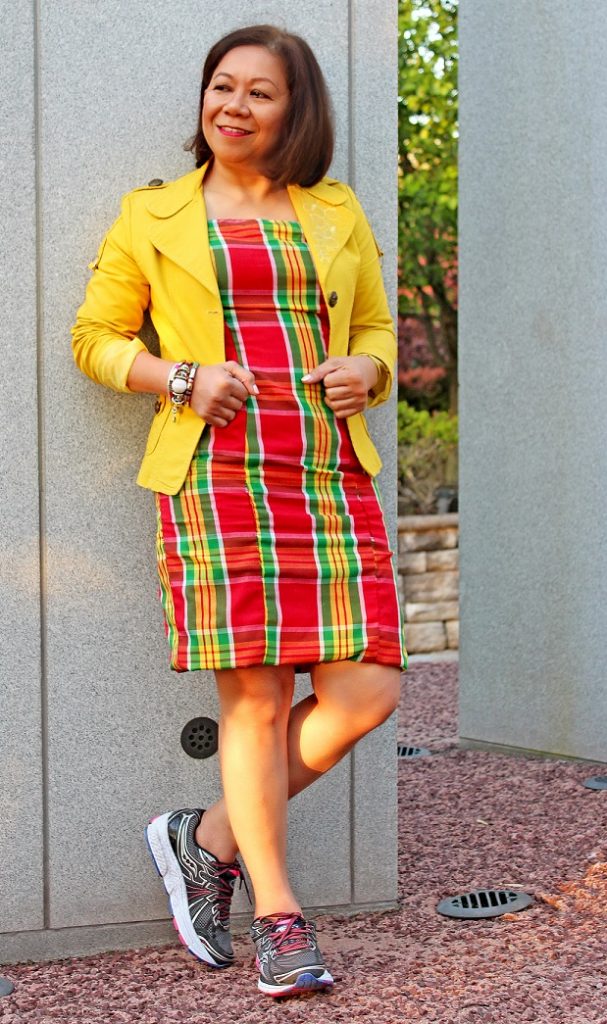
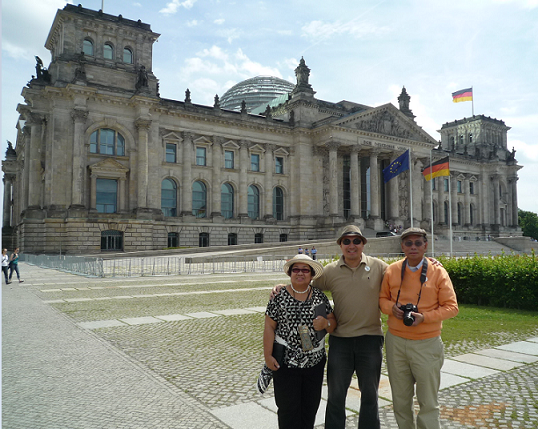
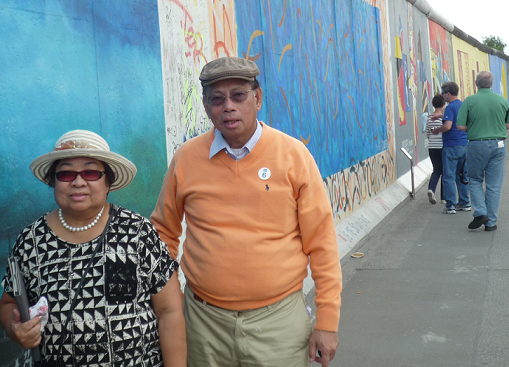



Thank you very much Mr. Wendell Gaa, for your travel article about Berlin.
Indeed, I have been enjoying reading all of your articles in The Fil-Am, Filipino Reporter and other Filipino publications. Please be kind to convey your dad and mom all my best good wishes. I had the pleasure to have met you when your dad was the Consul General in New York City
Salamat Po Mr. Gaa
My sincerest pleasure of course, and thank you so much for your kind words, much appreciated! 🙂